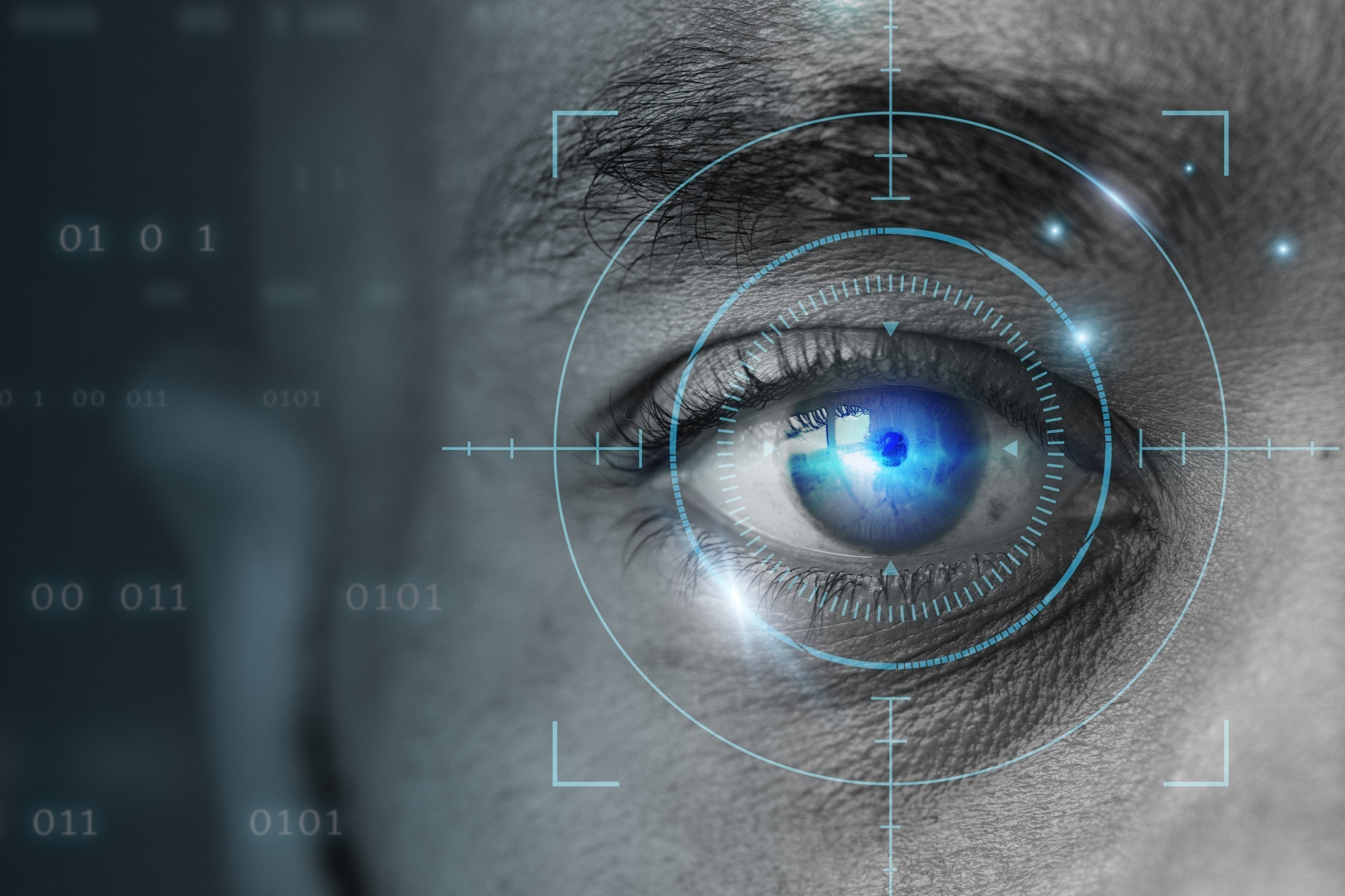Experience a clearer, brighter world through the lens of cutting-edge technology!
A smart intraocular lens (IOL)
A smart intraocular lens (IOL) refers to an advanced type of artificial lens implanted during cataract surgery or refractive lens exchange. Unlike traditional IOLs, smart IOLs incorporate innovative technologies to enhance vision and reduce dependence on glasses. These technologies aim to provide patients with a more customized and adaptive visual experience, allowing for improved vision at different distances and under various lighting conditions.
What Are the Benefits of a Smart Intraocular Lens (IOL)?
A smart intraocular lens (IOL) integrates advanced technologies to enhance vision and provide a more customized visual experience for individuals undergoing cataract surgery or refractive lens exchange. The specific functionalities of a smart IOL may include:
⦁ Adjustable Focus:
Smart IOLs can have adjustable focus capabilities, allowing for a range of vision at different distances. This reduces the dependence on glasses for activities such as reading or viewing objects at a distance.
⦁ Light-Adjustable Technology:
Some smart IOLs incorporate light-adjustable technology, enabling the surgeon to fine-tune the lens’s power after implantation. This adjustment is made using a non-invasive procedure involving controlled exposure to UV light.
⦁ Multifocality:
Multifocal smart IOLs provide clear vision at various distances, allowing individuals to transition seamlessly between near, intermediate, and distance vision without the need for multiple pairs of glasses.
⦁ Wavefront Technology:
Smart IOLs may use wavefront technology to analyze and address higher-order aberrations in the eye. This customization aims to improve visual clarity and reduce visual disturbances such as halos or glare.
⦁ Dynamic Pupil Response:
Some smart IOLs consider dynamic pupil response, adapting to changes in pupil size in different lighting conditions. This adaptive feature optimizes vision quality in various environments.
Who Should Have Smart Intraocular Lenses (IOLs)?
Smart intraocular lenses (IOLs) are suitable for individuals undergoing cataract surgery or refractive lens exchange who desire enhanced visual outcomes and reduced dependence on glasses. Candidates for smart IOLs may include:
⦁ Individuals seeking reduced dependence on glasses desire to minimize reliance for tasks like reading, computer use, or viewing distant objects.
⦁ Active individuals with diverse visual needs, engaging in various activities, desire clear vision at different distances without frequent glasses changes.
⦁ Those open to advanced vision technologies are individuals interested in benefiting from innovations like adjustable focus, light-adjustable technology, or dynamic pupil response.
⦁ Patients with specific visual preferences prioritize seamless transitions between near, intermediate, and distance vision.
⦁ Individuals willing to invest in advanced vision correction are patients ready to financially commit to options beyond standard monofocal lenses, offering additional features.
It’s crucial for potential candidates to have a comprehensive eye examination and thorough discussions with their ophthalmologist or eye surgeon. The decision to opt for smart IOLs should consider factors such as overall eye health, lifestyle, visual needs, and the specific features offered by different smart IOL technologies.
While smart IOLs offer advanced functionalities, traditional monofocal IOLs may still be suitable for individuals who prioritize cost-effectiveness and have specific visual requirements. The choice of the most appropriate IOL depends on individual preferences, and patients should make informed decisions with the guidance of their eye care professional.
Are Smart Intraocular Lenses (IOLs) Permanent?
Yes, smart intraocular lenses (IOLs) are considered permanent implants. Once these lenses are surgically implanted during cataract surgery or refractive lens exchange, they remain in the eye for the long term. The artificial lens takes the place of the natural lens that has been removed due to a cataract or to address refractive errors.
While IOLs are intended to be permanent, it’s essential to note that individual circumstances may vary. In some rare cases, additional procedures or adjustments may be needed, but this is not common for the majority of patients who undergo successful cataract surgery with IOL implantation. Patients should discuss any concerns or questions about the permanence of IOLs with their eye care professional during preoperative consultations.
How Is the Surgery for Smart Intraocular Lenses (IOLs) Performed?
The surgery for smart intraocular lenses (IOLs) is typically performed as part of cataract surgery or refractive lens exchange. Here’s an overview of the surgical process:
Before surgery, the ophthalmologist conducts a comprehensive preoperative evaluation to thoroughly assess the patient’s eye health, visual acuity, and determine the suitability for smart intraocular lenses (IOLs).
Local anesthesia is administered to numb the eye, ensuring the patient remains comfortable during the procedure; in some cases, mild sedation may also be provided.
A small incision is made in the cornea to access either the natural lens or the existing cataract-affected lens.
If the surgery is for cataracts, the cloudy natural lens is broken up using ultrasound (phacoemulsification) and removed; for refractive lens exchange, the clear natural lens is replaced.
The chosen smart IOL is then carefully inserted through the same incision, with the specific type and features selected based on the patient’s visual needs and preferences.
In the case of adjustable focus or light-adjustable technology, any necessary adjustments may be made during the surgery or in subsequent visits to fine-tune the lens for optimal visual outcomes.
The incision is typically self-sealing and often does not require sutures, allowing the eye to heal naturally.
Patients receive postoperative instructions, including the use of prescribed eye drops and guidelines for certain activities. Follow-up appointments are scheduled to monitor healing progress and assess visual acuity.


Share this entry